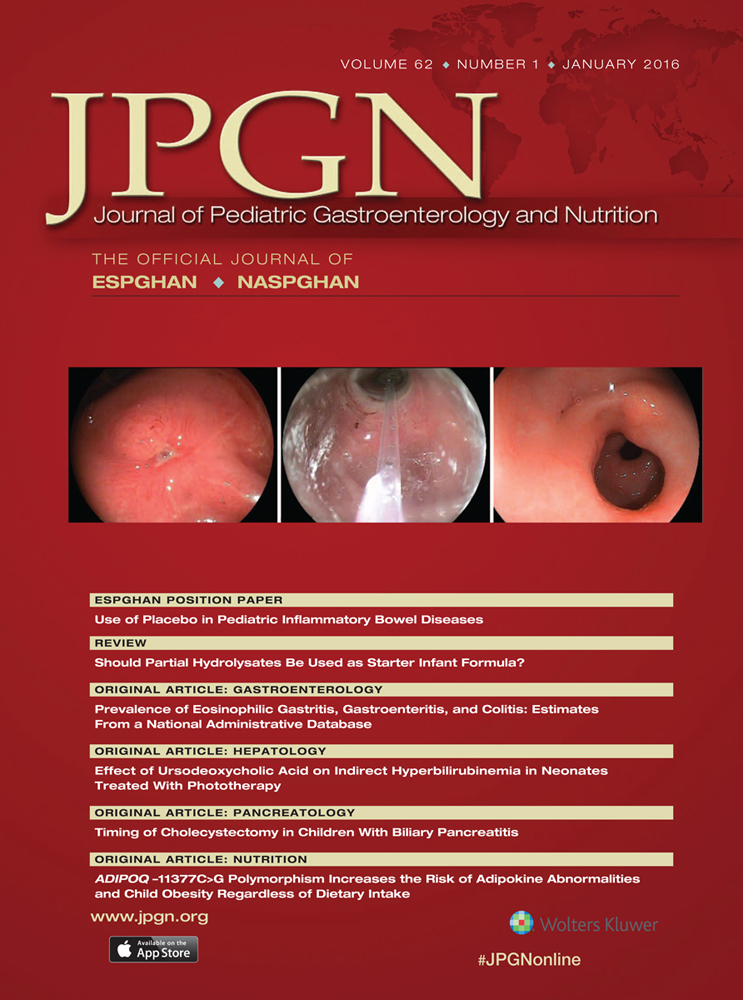ADIPOQ −11377C>G Polymorphism Increases the Risk of Adipokine Abnormalities and Child Obesity Regardless of Dietary Intake
This work was supported by grant no. NN 407173534 from the Polish Ministry of Science and Higher Education.
The authors report no conflicts of interest.
Supplemental digital content is available for this article. Direct URL citations appear in the printed text and are provided in the HTML and PDF versions of this article on the journal's Website (www.jpgn.org).
ABSTRACT
Objective:
The aim of the present study was to verify whether selected functional single nucleotide polymorphisms in LEP, LEPR, and ADIPOQ loci are associated with the development of obesity and serum levels of the respective adipokines in prepubertal white children with obesity.
Methods:
Frequencies of −2548G>A LEP (rs7799039), Q223R (rs1137101) and K656N (rs8129183) LEPR, and −11377C>G (rs266729) and −11426A>G (rs16861194) ADIPOQ polymorphisms were analyzed by restriction fragment length polymorphism in 101 obese (standard deviation score [SDS]-body mass index [BMI] >2) and 67 normal-weight (SDS-BMI <−1 + 1>) children. Serum adipokine concentrations were measured using the enzyme-linked immunosorbent assay method.
Results:
The GC/GG genotypes of −11377C>G ADIPOQ polymorphism were associated with a higher risk of obesity (P = 0.022, odds ratio 2.08 [95% confidence interval 1.11–3.90]). Individuals carrying the GG genotype had a higher leptin/total adiponectin ratio by 25% than CC homozygotes (Ptrend = 0.05). In the multivariate linear regression model, we found differences among particular genotypes of this polymorphism in concentrations of high molecular weight (HMW) adiponectin (Ptrend = 0.043) and HMW/total adiponectin ratio (Ptrend = 0.048), with the lowest values in GG homozygotes. Positive correlations between SDS-BMI and dietary reference intake percentage were observed in individuals homozygous for allele C (r = 0.403, P = 0.01) and CG heterozygotes (r = 0.428, P = 0.004). No significant correlations between both parameters were found in the GG homozygotes.
Conclusions:
Among the analyzed polymorphisms, only −11377C>G ADIPOQ single nucleotide polymorphism was associated with obesity during the prepubertal period. Adipokine abnormalities coexisting with the lack of relations between SDS-BMI and dietary intake may predict a higher risk of future obesity-related disorders in obese children carrying the GG genotype than in those with other genotypes.




